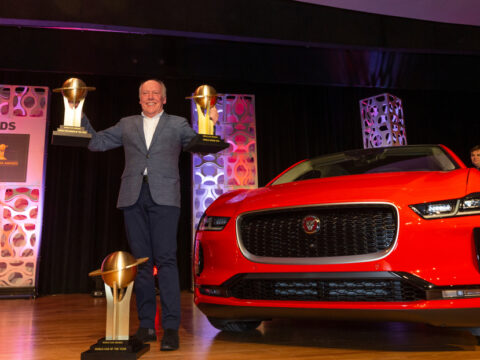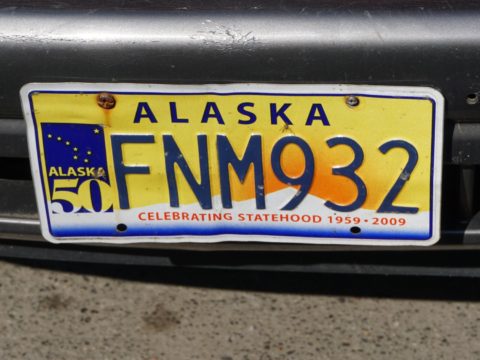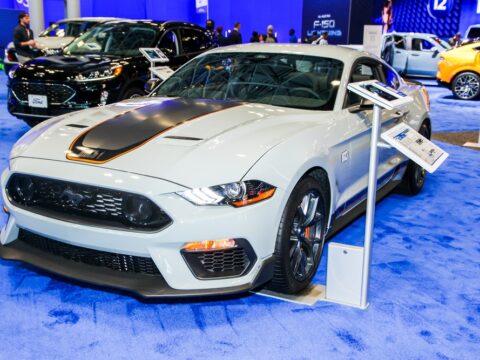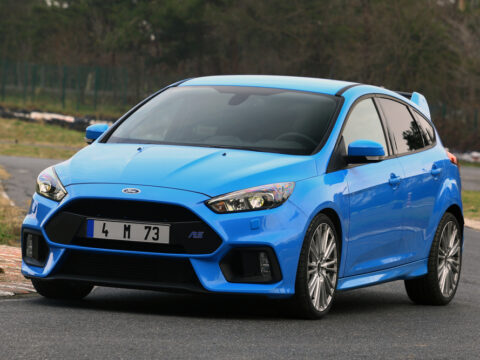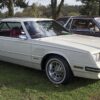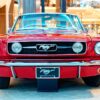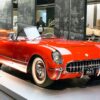Restoring a classic muscle car can be a deeply rewarding project for enthusiasts. Whether you’re a seasoned restorer or a weekend garage hobbyist, these cars offer a smoother road to revival. Here are 10 muscle cars that are known to be more accessible in terms of restoration, due to factors like parts availability, simplicity of design, and the robustness of their construction.
Contents
1965-1970 Ford Mustang
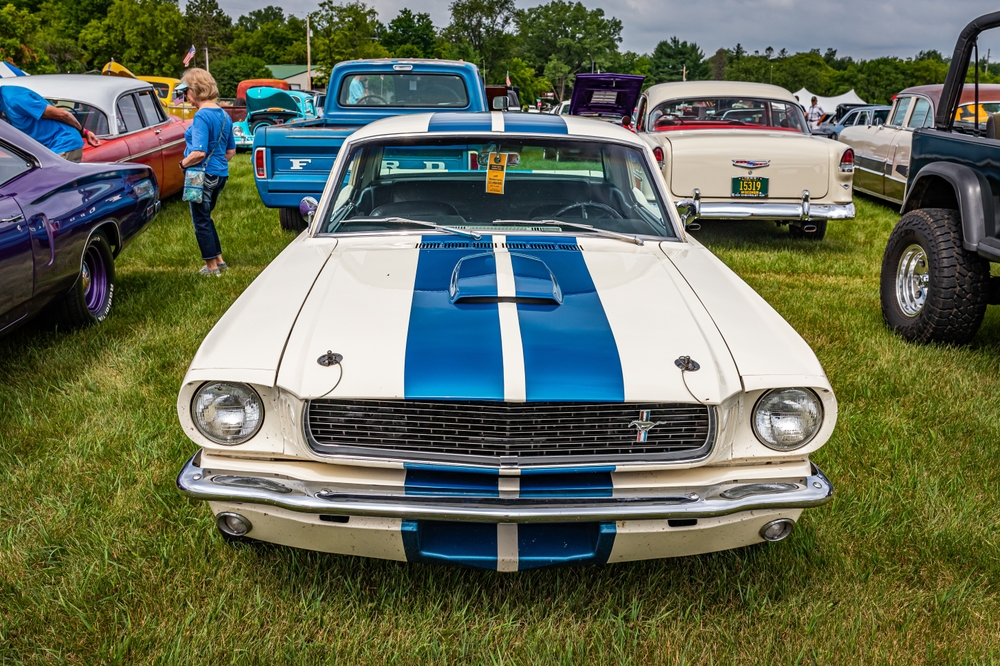
The Ford Mustang is an icon of American muscle cars, and its first-generation models are particularly favored for restoration. Their popularity ensures a robust market for replacement parts and aftermarket upgrades. The Mustang’s straightforward design, with a front-engine rear-wheel-drive layout, and the simple mechanical components make it an excellent project car for beginners.
1967-1969 Chevrolet Camaro
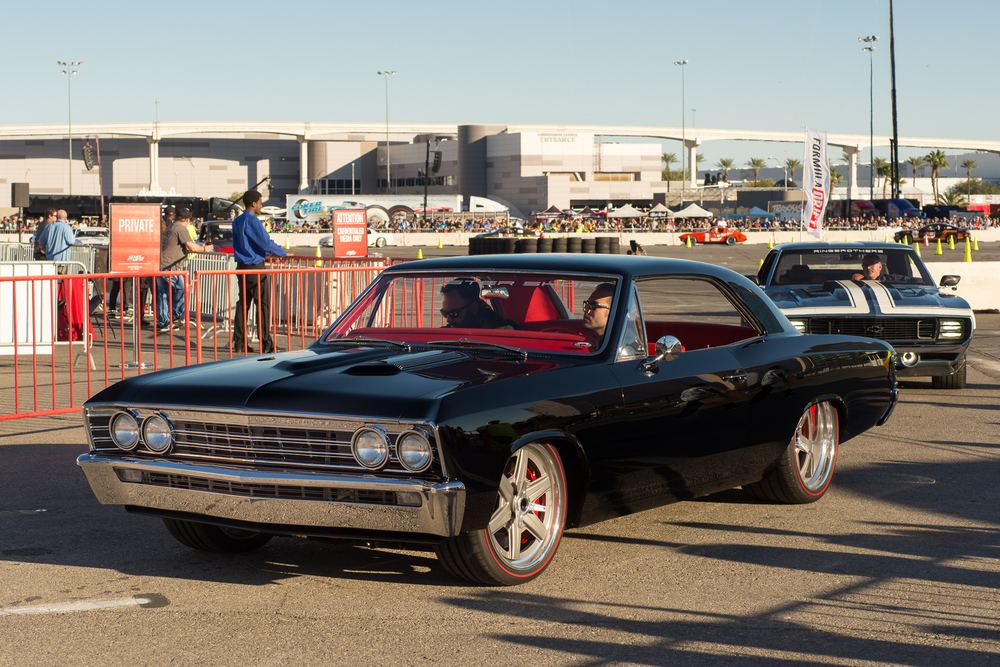
The first-generation Camaro is another classic that is relatively easy to restore. Its shared platform with the Pontiac Firebird means that many components are interchangeable, easing the search for parts. The car’s simplicity, with a unibody front section and a separate rear frame, allows for easier bodywork and mechanical repairs.
1964-1972 Pontiac GTO
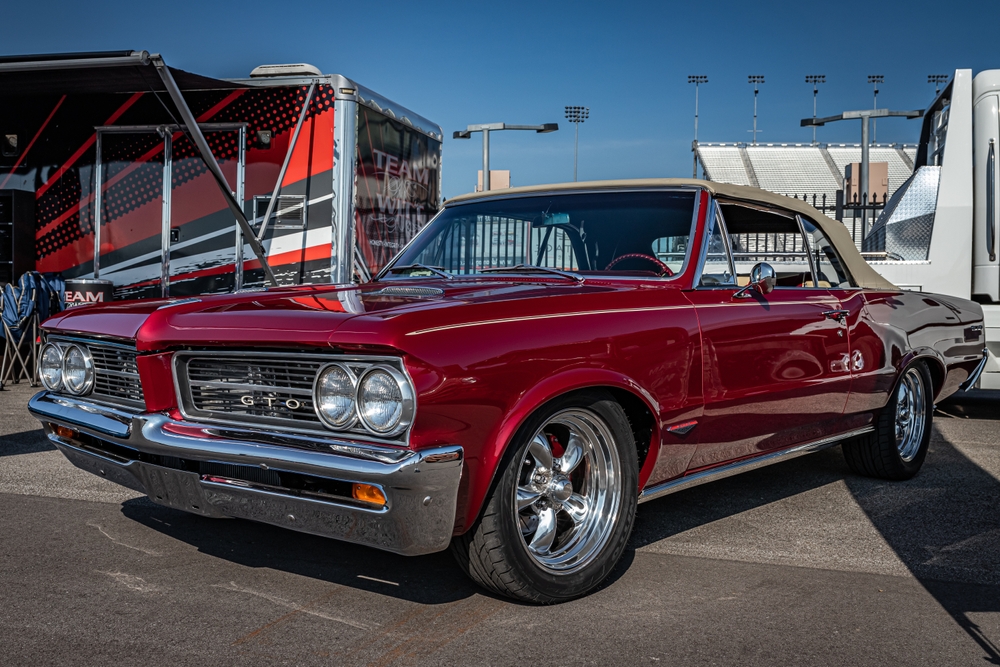
Often hailed as the first true muscle car, the Pontiac GTO boasts a large engine bay that makes working on its V8 engine more manageable. Parts are readily available, and its popularity means there’s a wealth of knowledge and community support. Plus, the GTO’s simple suspension and drivetrain components are relatively straightforward to overhaul.
1970-1974 Dodge Challenger
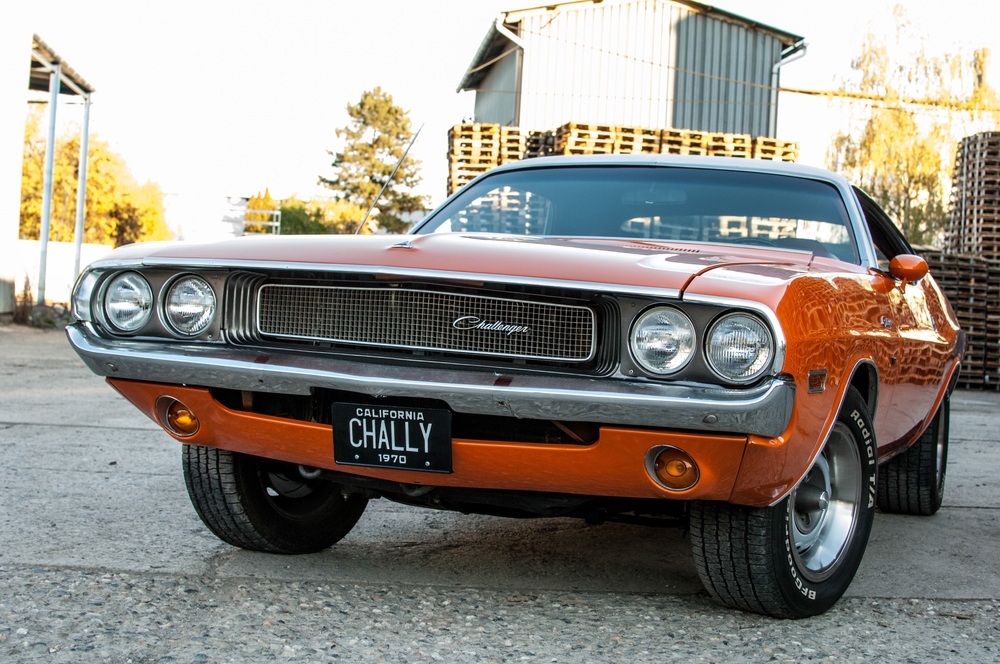
The Dodge Challenger, especially models before the 1975 emission regulations, is a prime candidate for restoration. These cars have a solid construction and parts availability is good, thanks to a shared platform with the Plymouth Barracuda. The ample engine bay allows for easy access to the engine for repairs and upgrades.
1968-1972 Chevrolet Chevelle
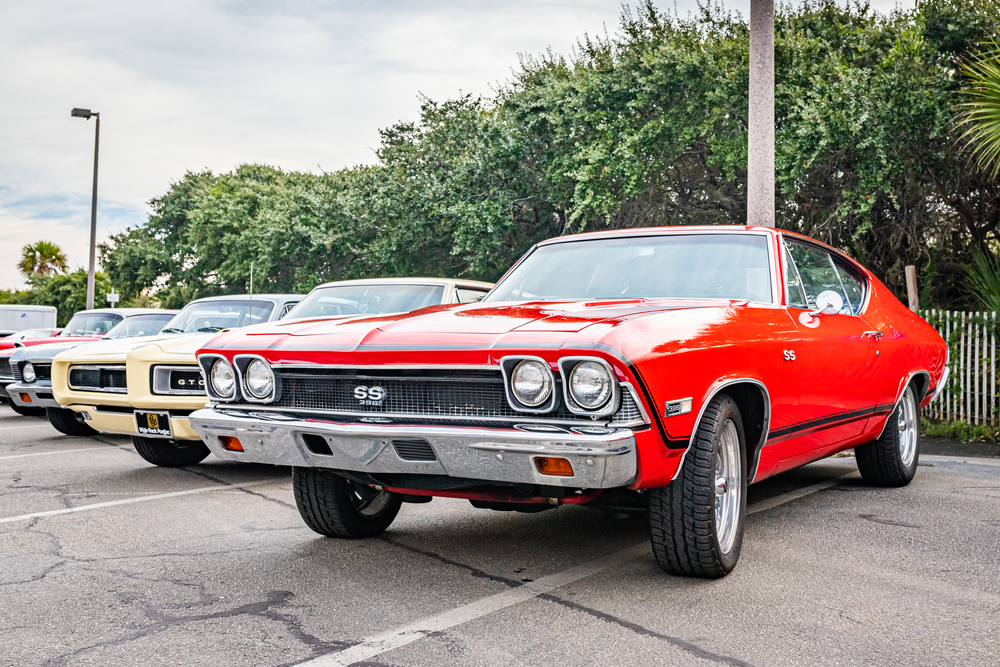
The Chevelle is a favorite among restorers due to its robust design and the availability of replacement parts. Its body-on-frame construction means that structural repairs can be more straightforward than on a unibody vehicle. The Chevelle’s non-complex electrical system is also a plus when restoring.
1966-1977 Ford Bronco
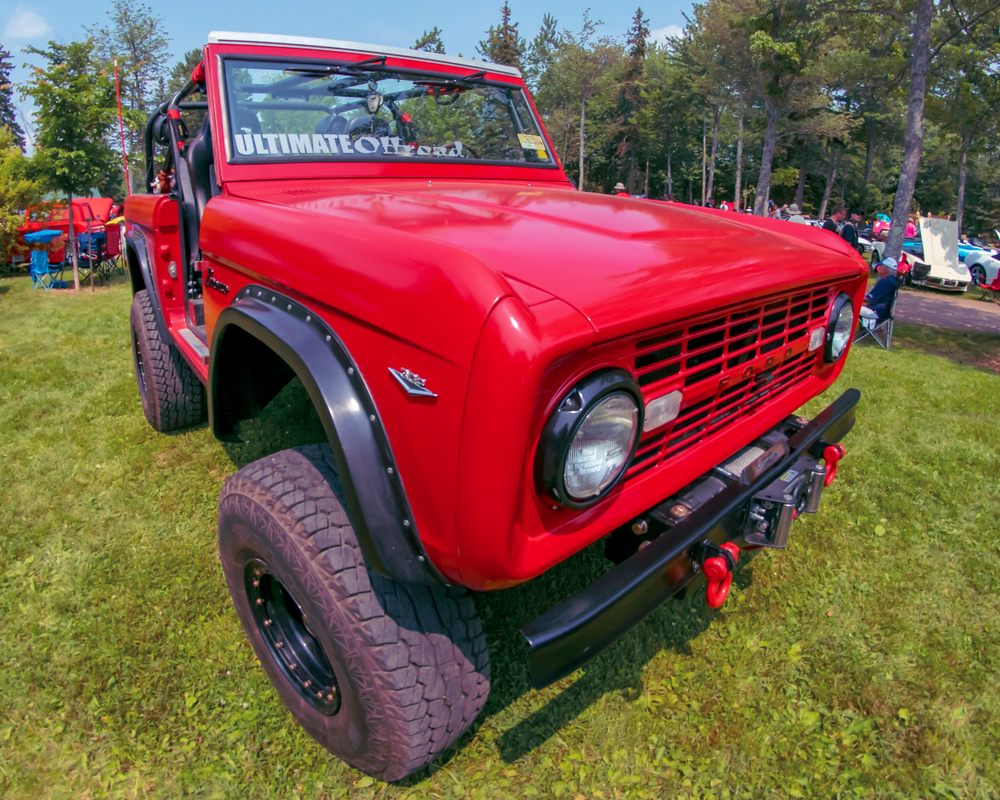
While not a muscle car in the traditional sense, the first-generation Bronco has a cult following and shares many attributes with its road-going cousins. It’s valued for its simple and sturdy design. There’s a strong aftermarket support for the Bronco, and its straightforward chassis and body make for an easier restoration process.
1968-1970 AMC AMX
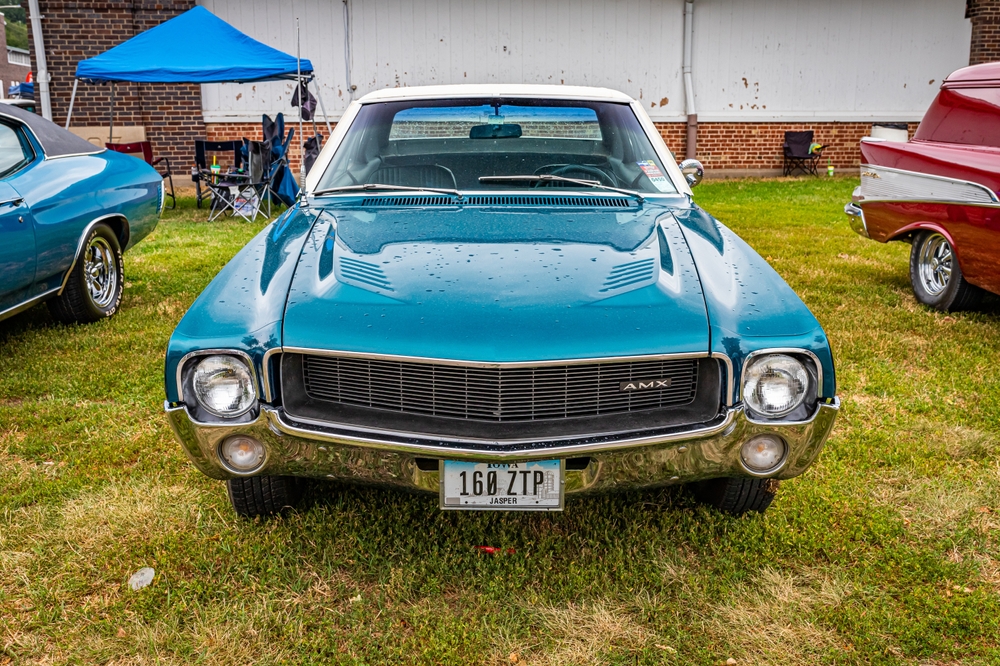
The AMC AMX is a bit of an outlier in the muscle car world, but its shorter production run makes it a unique choice. It has a simple design and a small but dedicated market for parts. The AMX’s compact size means less sheet metal to deal with, which can make bodywork more manageable.
1965-1970 Chevrolet Impala SS
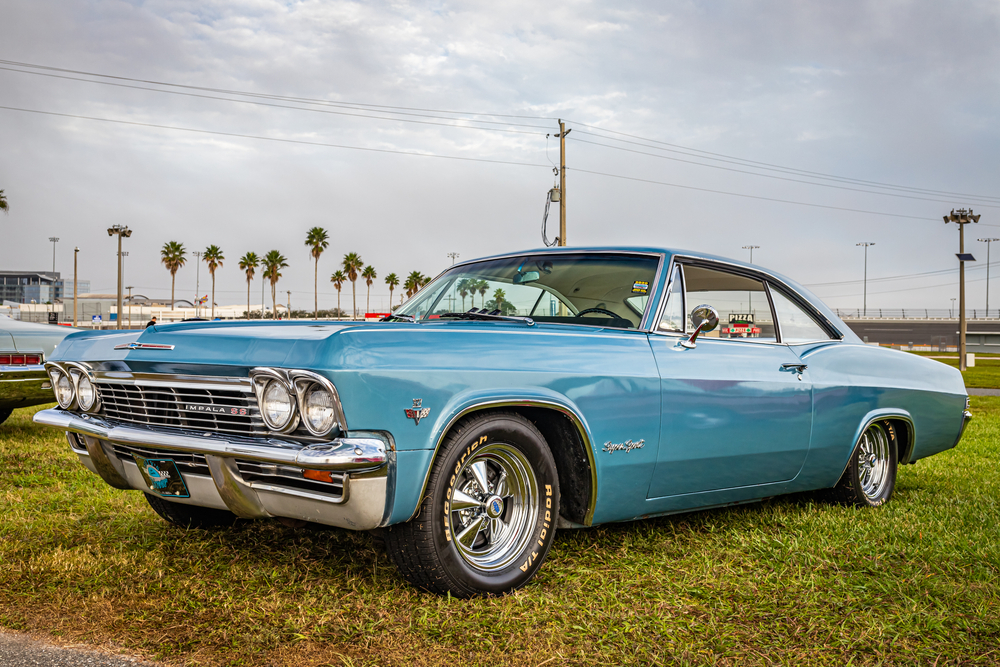
The Impala SS, particularly from the fourth generation, is known for its strong frame and relatively simple mechanicals. The SS model’s performance parts are more readily available than the standard Impala due to its popularity with enthusiasts. The car’s straightforward layout and available restoration guides make it a good project.
1970-1976 Plymouth Duster
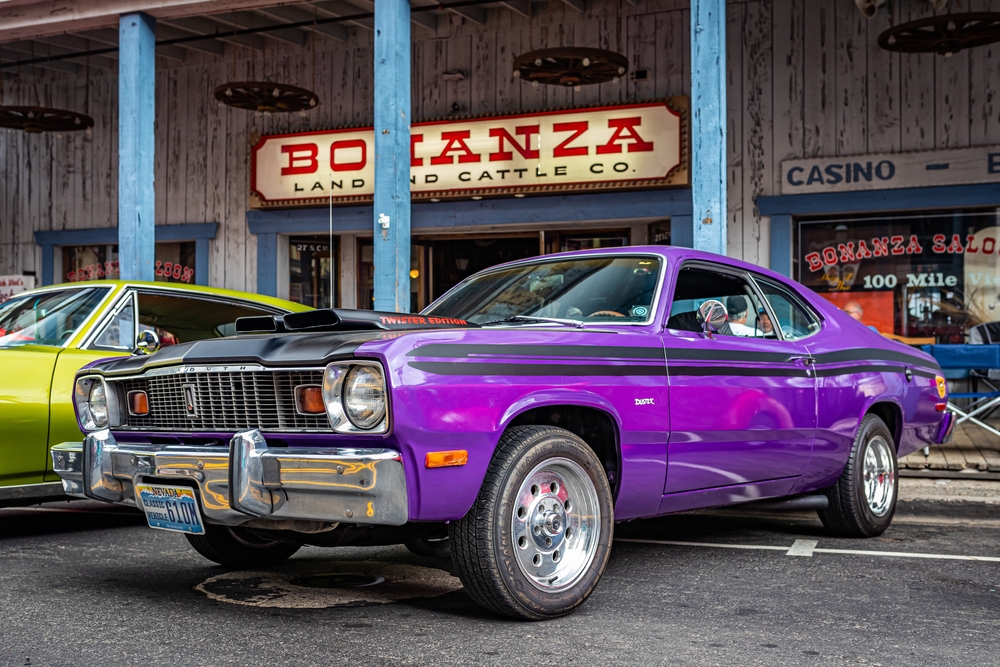
The Plymouth Duster provides a lower-cost entry into muscle car restoration. Its A-body platform means it shares many parts with other Chrysler products, increasing parts availability. Its smaller size and less complex trim and mechanicals compared to some contemporaries simplify restoration efforts.
1964-1972 Oldsmobile Cutlass 442
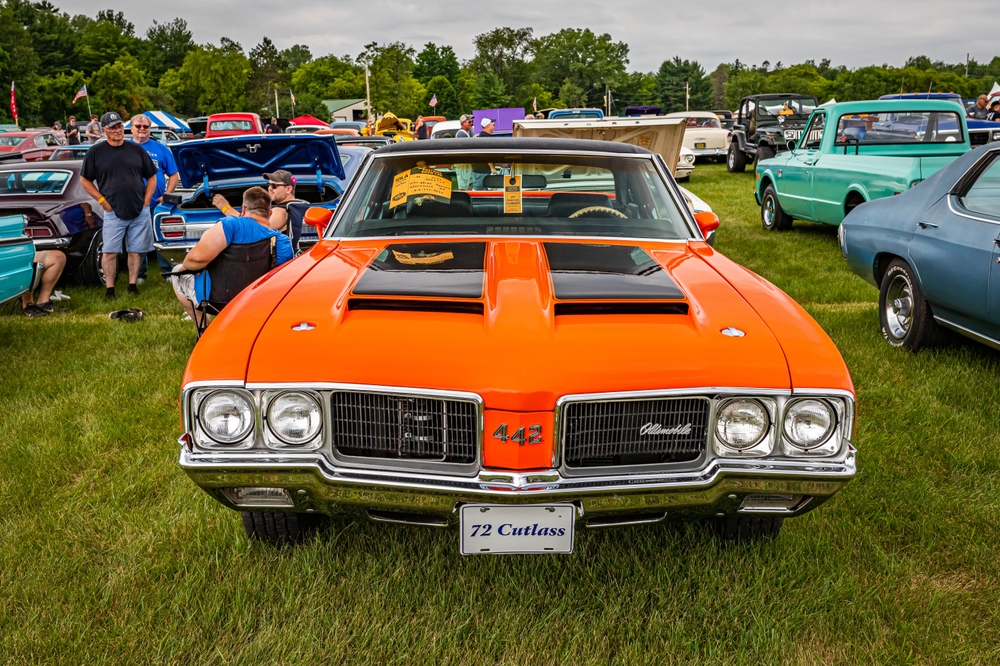
The Cutlass and its high-performance 442 variant are classic muscle cars that benefit from the shared General Motors A-body platform, which boosts the availability of parts. The cars are known for their durable construction, and there’s a strong community around them to help with any restoration challenges.
This article originally appeared on MyCarMakesNoise.
More from MyCarMakesNoise
10 Hybrid SUVs That Eco-Conscious Explorers Will Love

As the world pivots towards sustainable living, the automotive industry is no exception. Hybrid SUVs have emerged as the frontrunners of this green revolution, merging the expansive space and commanding presence of traditional SUVs with the eco-friendly efficiency of hybrid technology. Read More.
20 Cars That Were 1960s Flops

The 1960s were a legendary time for cars, known for iconic muscle cars like the Ford Mustang and Chevrolet Camaro. This era introduced groundbreaking designs and innovation. Read More.
The World’s Fastest Motorcycles Revealed

The world of motorcycles has witnessed some astonishing speed demons that push the limits of two-wheeled engineering. These lightning-fast machines captivate the imagination of riders and enthusiasts alike, blending raw power, aerodynamics, and advanced technology. Read More.

